The insider's guide to healthy hawaii: 9 first aid kit essentials that aren't bandages
Gauze, gloves and other must-haves to patch a wound, wrap a sprain and more.
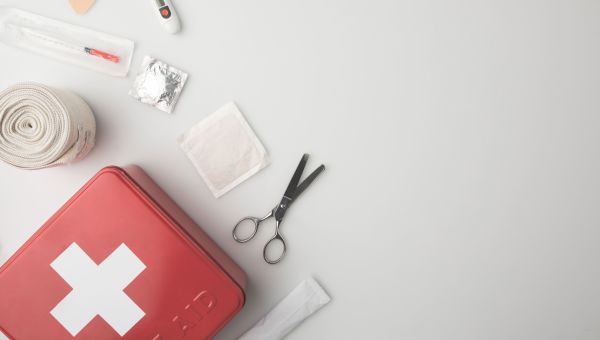
When emergencies arise, having a well-stocked first aid kit, kept in an easy-to-reach place, can help you spring into action at a moment's notice. Loaded with the right supplies, your emergency bag can help patch a scraped knee, wrap a sprained ankle and so much more.
Sure, you can purchase a ready-made kit from your local drugstore or buy one online, but building your own lets you customize and might even save you some money, says Christopher Hogan, MD, practicing surgeon and Trauma Medical Director with Doctors Hospital of Augusta in Augusta, Georgia.
Dr. Hogan is an advocate for first aid kits, saying, "I think they're underappreciated; they're definitely something that every house should have probably a couple of." Here's what he thinks you should have in your kit.
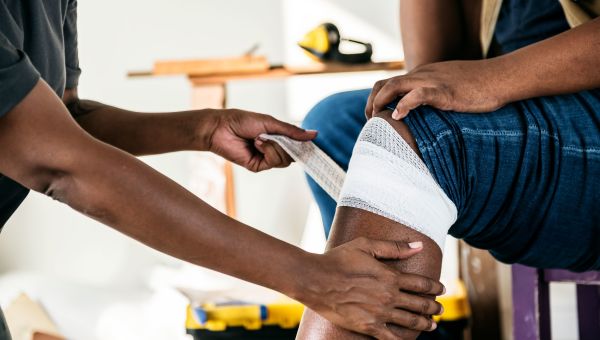
Gauze
Sterile gauze is probably the most important item to keep in your kit, according to Hogan. The material is multi-use, and can help clean the area around a wound, be used to apply pressure to a bleed and be packed into a deep cut to help control bleeding.
Gauze is sold in many shapes and sizes, including rolls and pads, so choose whichever you'd prefer to use or what will best fit into your kit. In a pinch, a clean cloth or paper towels can be used to stop or control bleeding, but in Hogan's expert opinion, gauze works a bit better.
Where you store your kit is almost as important as the items inside. Pack your gauze—and other necessary supplies—in a waterproof and easy-to-open container, like a plastic toolbox or other container designed for storage.
Keep your kit in a safe place that's easy to access, like a kitchen cabinet. "We don’t often think about having a first aid kit in the kitchen, but that tends to be where a lot of accidents in the home happen," Hogan says. Stowing a kit in each of your cars is another wise idea.
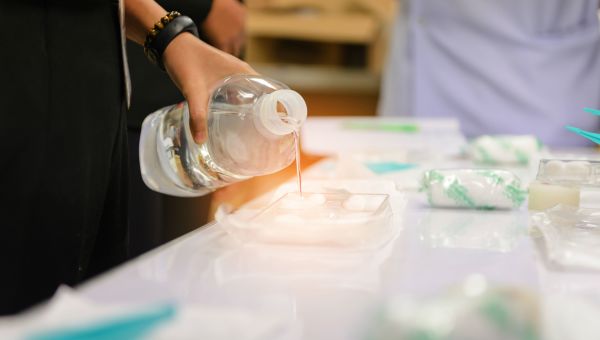
Saline Solution
This salt and water mixture comes in handy for more than dry eyes; it can be applied directly to a wound to help clear out dirt, or be used to help flush debris from eyes and other areas of the body. It can also be used with another first aid kit must-have: "Have a small amount of saline solution available, because you can put that on gauze and help clean things," Hogan says.
You can pick up a bottle of saline at your local drugstore for just a few dollars. It's non-toxic, so there's no real worry about keeping it around kids. Saline is not the same as eye contact solution, which is not a non-toxic product. Read the label carefully before making your purchase, especially if your kit will be kept around young ones.
If you find yourself without the solution, or you'd prefer not to purchase it, water works just as well. Tap water can also clean wounds, with no higher rates of infection or trouble with healing, one study suggests.
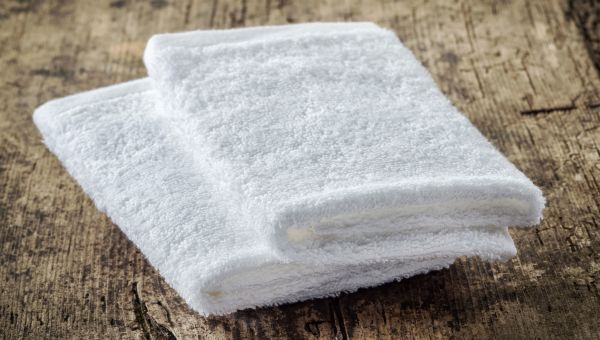
Clean Towel or Cloth
In an emergency, it can be tempting to reach for the nearest bit of absorbent material, but using a dirty rag can introduce bacteria into a wound. Instead, keep a clean and dry towel or cloth in your convenient kit. It can be saturated with water or sterile saline solution and used to clean an affected area, or it can help stop a serious bleed. This can be done by covering a gash with your towel and pressing downward with two hands. For large or deep cuts, the cloth can be tucked into the wound to help manage blood loss.
A clean towel can also be a hot-weather companion in Hawaii’s balmy climate where overheating can be a serious risk, but a cloth soaked in cold water can cool the body down before you overheat.
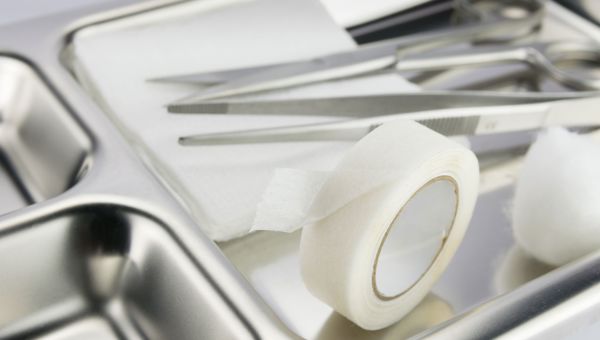
Adhesive Tape
Another drugstore steal is medical grade adhesive tape. In the event of a burn or scrape, medical tape can be used to adhere gauze to the skin, which can be especially helpful if you find yourself without a traditional bandage, or a large patch of skin needs to be protected. In a pinch, medical tape may be used to wrap strains and sprains—for example, if you need to walk a distance to get to an ER and don't have another method of compressing your injury.
Tape should be secured firmly on the affected area without restricting circulation to any part of the body. If you have a weak or previously injured ankle, wrist or knee, you can use medical tape prior to activity to help prevent future trauma.
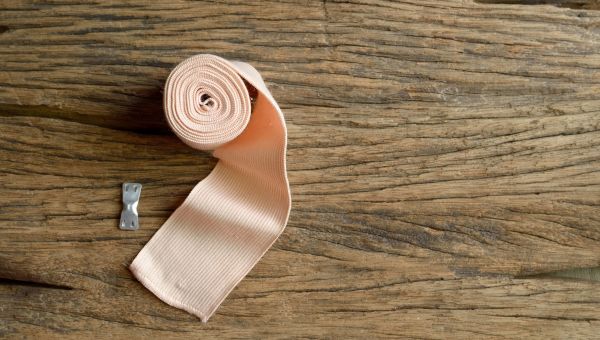
Elastic Bandage
Elastic bandages compress a specific part of the body and stabilize an injury, like a strain or sprain. They're also reusable. An elastic bandage will do the trick until you can get your injury checked by a doctor, but there are other ways to help reduce pain and swelling, too, like rest, elevation and ice. Instant cold packs can be purchased and stored in your first aid kit, to be used when an injury occurs.
Most items in your kit require little maintenance, including compression bandages which can last for many years, even with regular washing. Hogan recommends restocking supplies anytime they're used and reevaluating your kit every two or three years to toss expired items and products with dingy or worn packaging. Elastic bandages should be replaced if they lose elasticity.
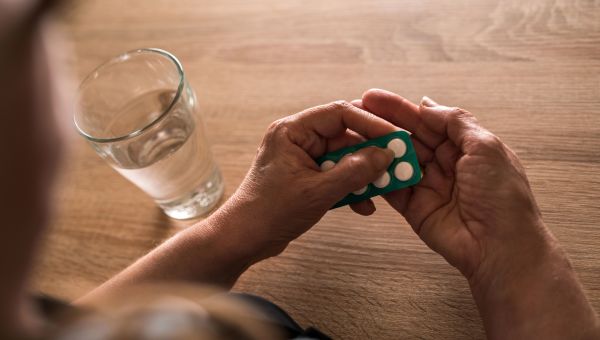
Single-Dose Pain Reliever Packets
Pain relievers can ease joint pain and swelling associated with arthritis, menstrual cramps, headaches, toothaches and backaches; they can also help reduce fevers. These drugs can be purchased inexpensively over the counter, often for less than five dollars a bottle. Some stores also sell single-dose packets, oftentimes with two pills per foil pouch, which can be stashed in your kit.
Some pain relievers aren't safe for everyone, including young children and adults with hypertension, renal disease or heart failure, and dosage might be different depending on your age and ailment. The medication's packaging can usually help you figure out who can take the pills, how many to take and how often, but it's always best to call your doctor before ingesting any drugs.
Hogan doesn't recommend storing medication in first aid kits in a home with kids. "If you don't have kids around, having some of the single-dose [pain medication] is good," he adds.
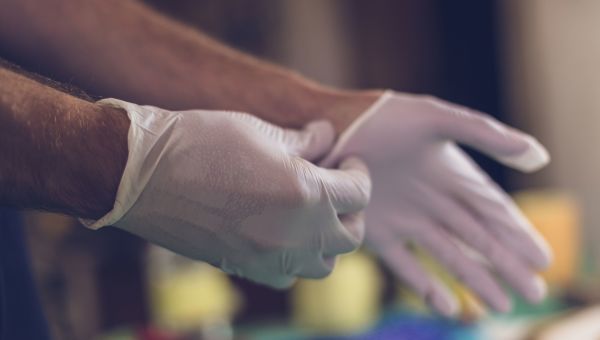
Rubber Gloves
Bacteria live everywhere, including on your skin. Many are not harmful, until they find their way into your body—through open cuts or scrapes—and cause an infection. Some bacterial infections are mild, resulting in pain, redness or swelling; others can be life-threatening. Slipping on a pair of disposable gloves before tending to a wound or changing a bandage is a simple and effective way to help stop the spread of bacteria and spare everyone involved the discomfort of an infection, or worse.
Disposable gloves are made from a number of materials, including latex and nitrile, which is a good option if you or a family member have a latex allergy. Gloves should be worn only once before being thrown away.
Don’t forget to wash hands thoroughly after wound care, even if you wear gloves, with soap and water for a minimum of 20 seconds. Ideally, you should wash your hands before tending to a wound, but emergency situations don't always allow for that.
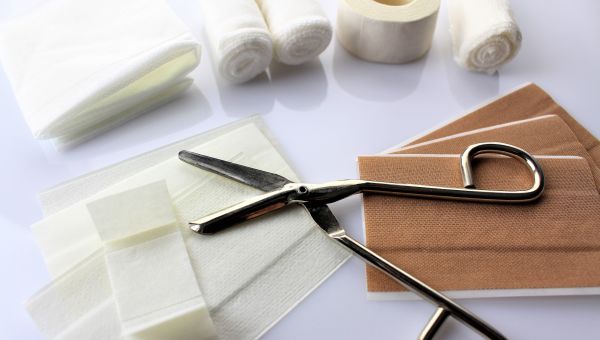
Blunt-edge Scissors
Depending on the type of injury, clothing may need to be cut away from the body. So, it helps to keep a pair of scissors handy. They're also useful for trimming bandages, gauze and medical tape.
Purchase a pair with blunt or rounded edges, Hogan recommends. First aid kits are designed to help in the event of an injury, not to be the cause of one. A dull pair of scissors is especially important around kids, since they're less likely to cause harm, should a child find his or her way into the kit.
Scissors can (and should) be sterilized after use to prevent the spread of infection. Rubbing alcohol is sold in two forms, ethyl alcohol or isopropyl alcohol, and can be used to effectively disinfect scissors. Be sure to clean the tool thoroughly after use, including the handle, and consider using a stronger sterilization method or replacing scissors that have touched blood or other bodily secretions.
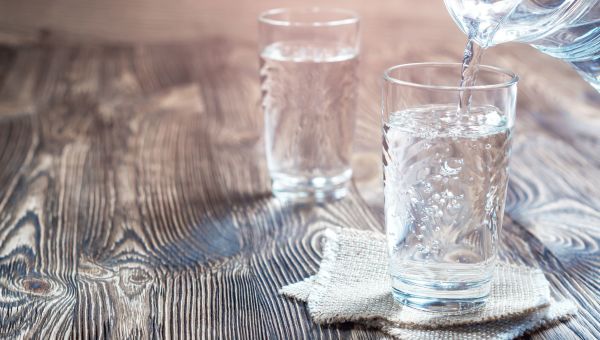
Water Purifying Solution
In the event of a natural disaster, the best practice is to have water on hand. The Centers for Disease Control and Prevention recommends five gallons of water per person, which should last up to five days, while the Hawaii Department of Emergency Management recommends keeping a 14-day supply of food and water available, especially during hurricane season.
If you do not have bottled water or run out, make sure your emergency kit has iodine pills or another chemical water purification solution. Hawaii’s fresh waters often contain leptospirosis and other contaminants and are not fit for consumption. You can purchase water purification tools online or at most camping supply stores.
More On


video
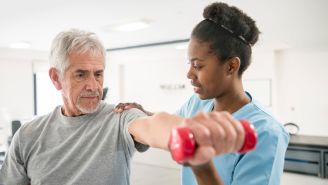
article
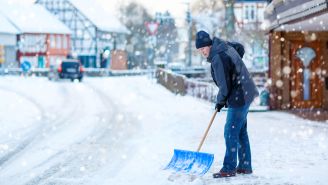
slideshow


video


video
